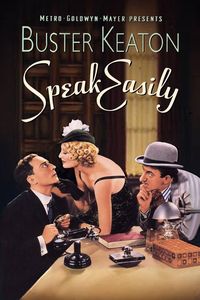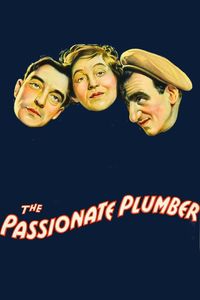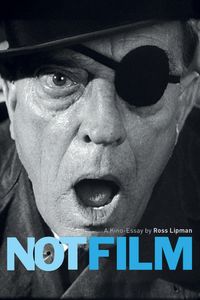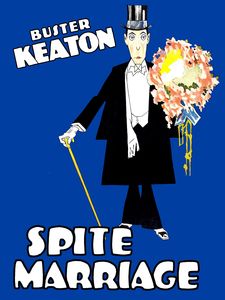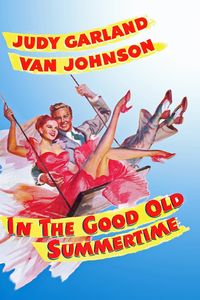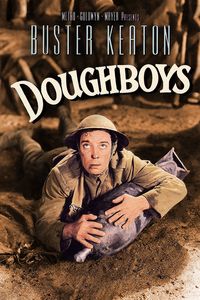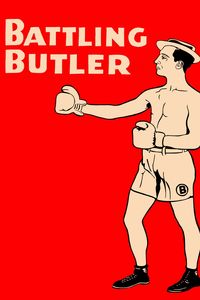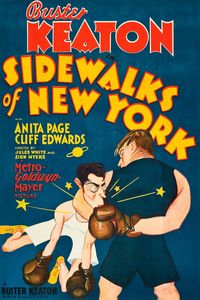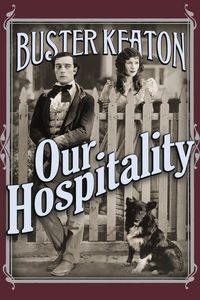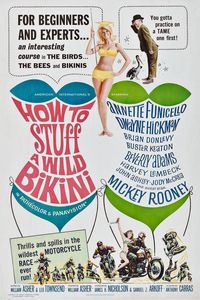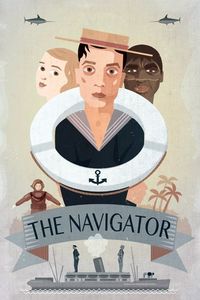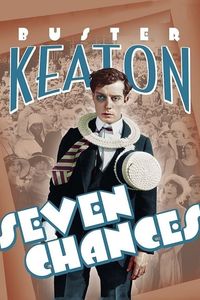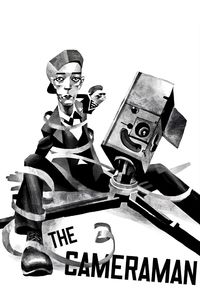Speak Easily (1932)
(On Cable TV, November 2020) The more I see of Buster Keaton’s MGM movies, the more I understand why generations of critics haven’t been so kind to them. It’s not as if he’s not funny—you can reliably count on Keaton to get laughs in a split second (such as when he frantically tries to stuff a coat hanger in a suitcase—a split-second gag in a busy scene, and all the more effective for it), through facial expressions or simple physical gestures in the middle of otherwise ordinary sequences. But there’s a feeling, especially in Speak Easily, that he was being forced into a comedy straightjacket that really constrained what he was capable of doing. Much of the initial lack of sparks from Speak Easily comes from the premise—playing a sheltered academic doesn’t quite get Keaton to the kind of comedy that he understood best, and it takes much of the film to get to the point where we get the classic Keaton anarchistic physical comedy… even if Jimmy Durante is there to help shoulder the comic load. Keaton’s passage to the sound era was easier than most—his voice is pleasant and he could deal with dialogue decently enough, but the spark of silent movie years was gone. It doesn’t help that he seems to be playing a character of an ingrate age—his silent films as a young man are very funny and I really enjoyed his cantankerous persona in the last decade of his career, but here he seems in an awkward stage ill-fitting his persona. I still liked Speak Easily—the look at the tribulations of a travelling troupe of comedians is something that I always find interesting—but it really is a shadow of Keaton’s best work.
